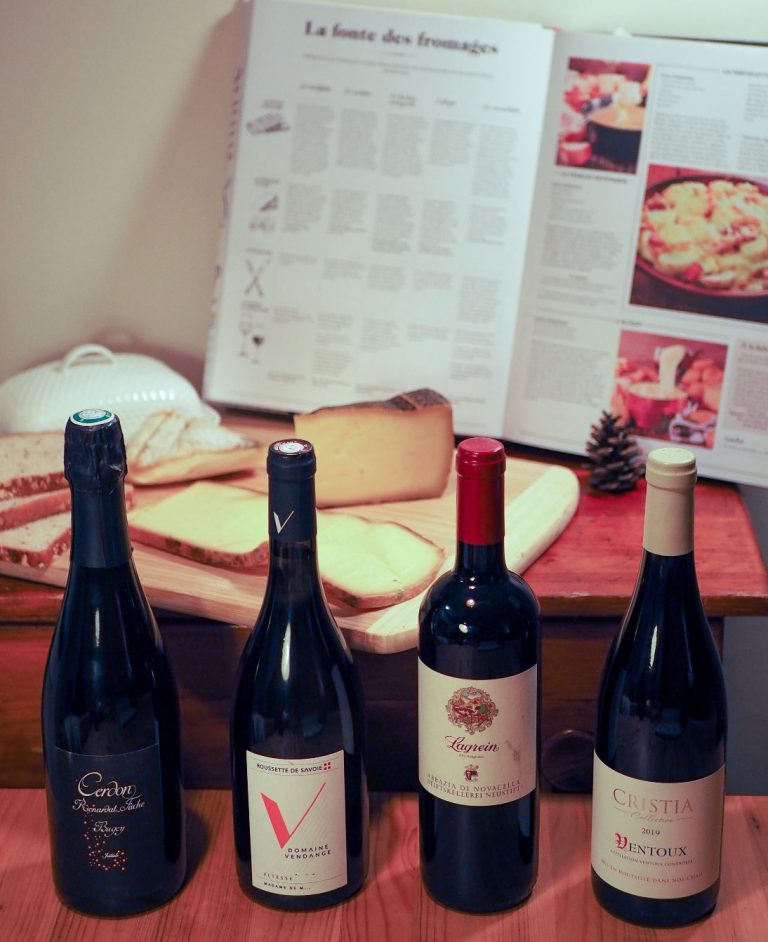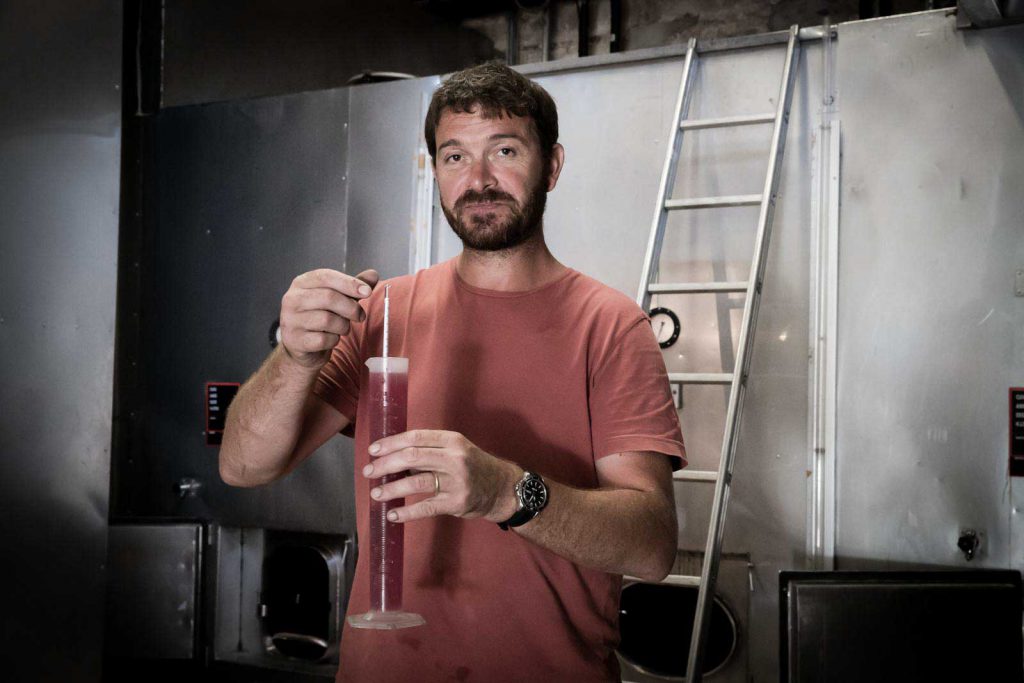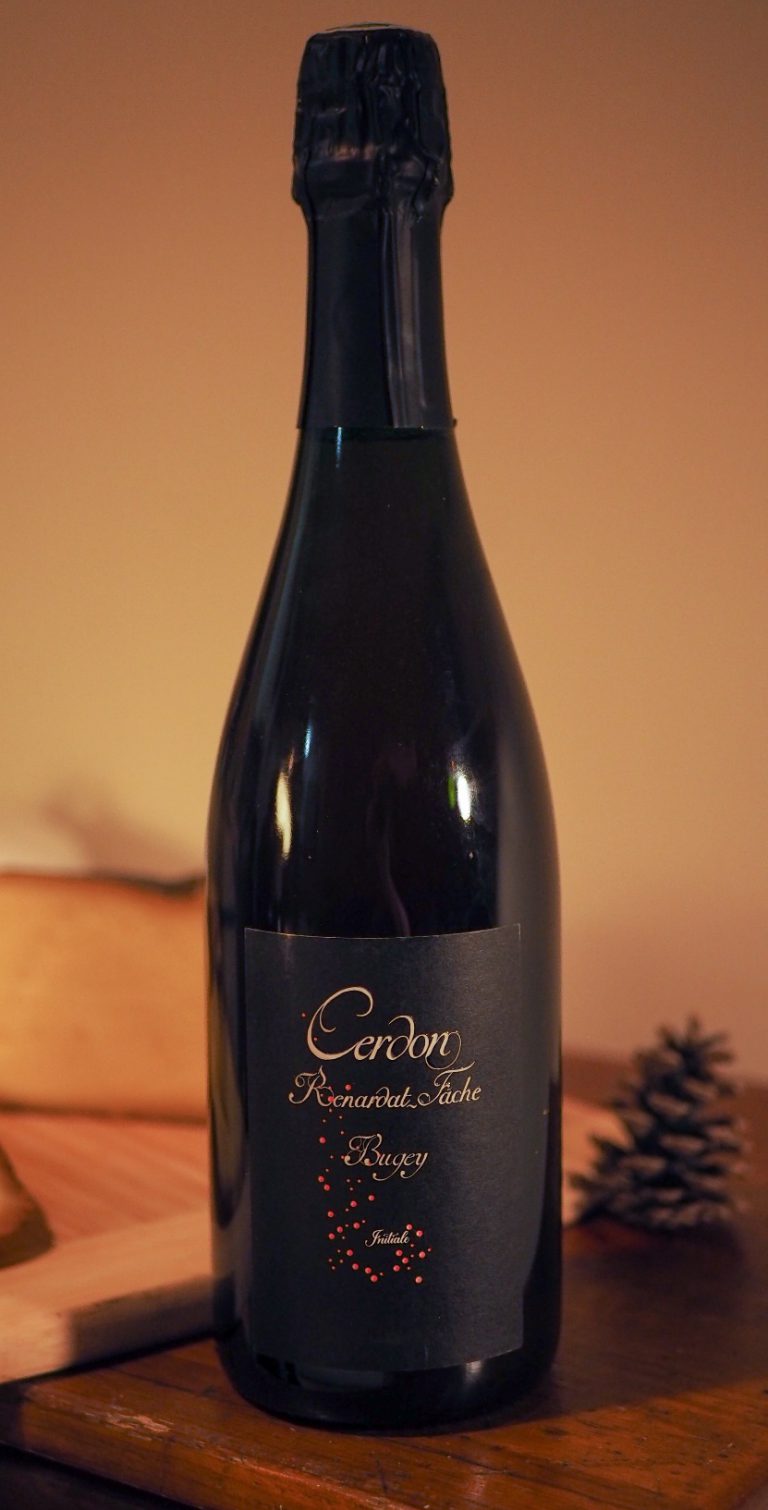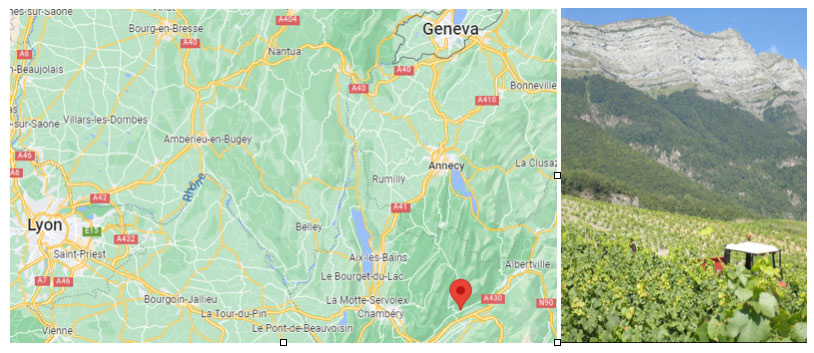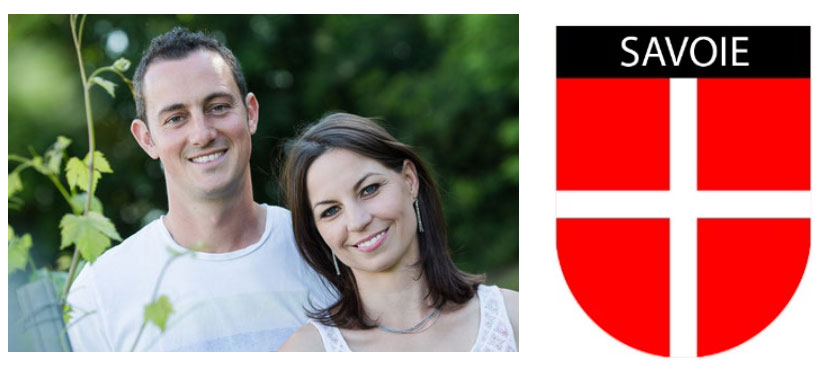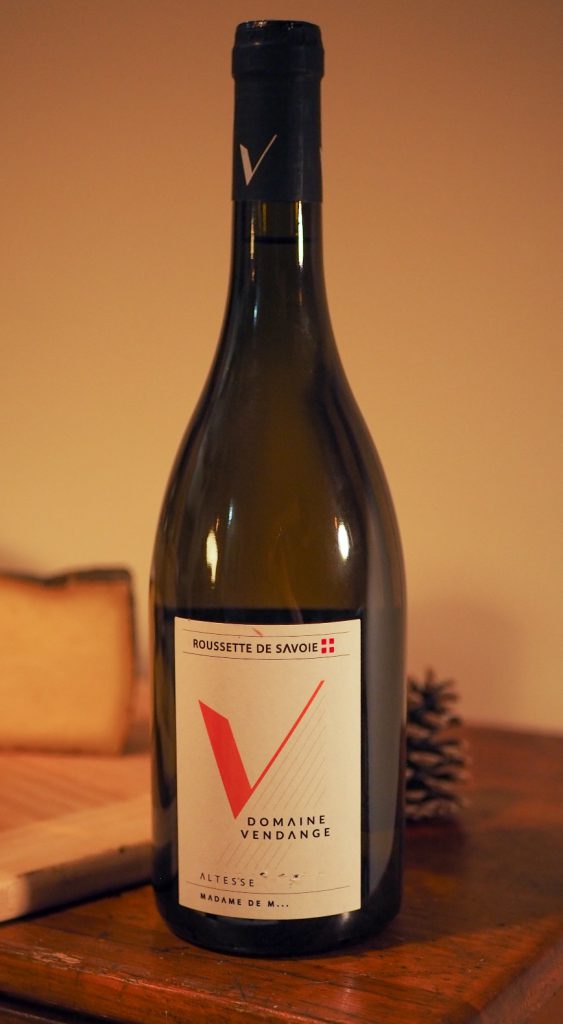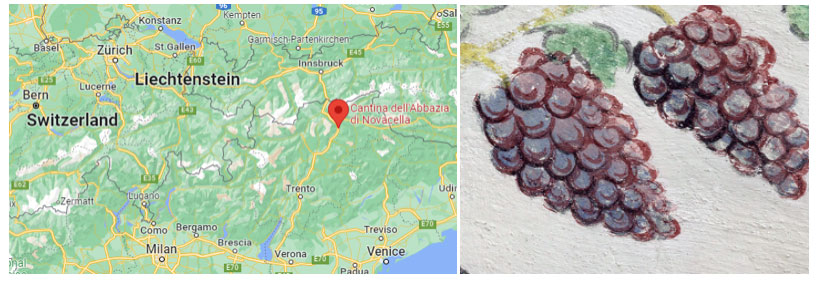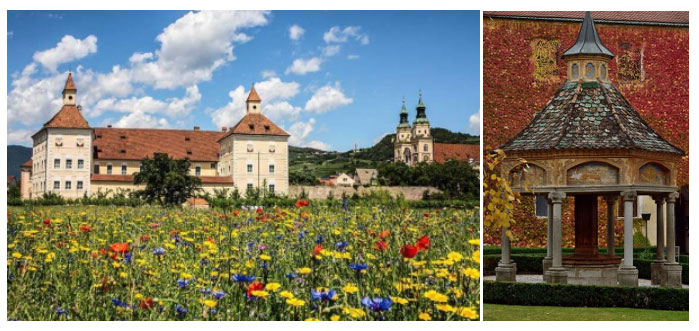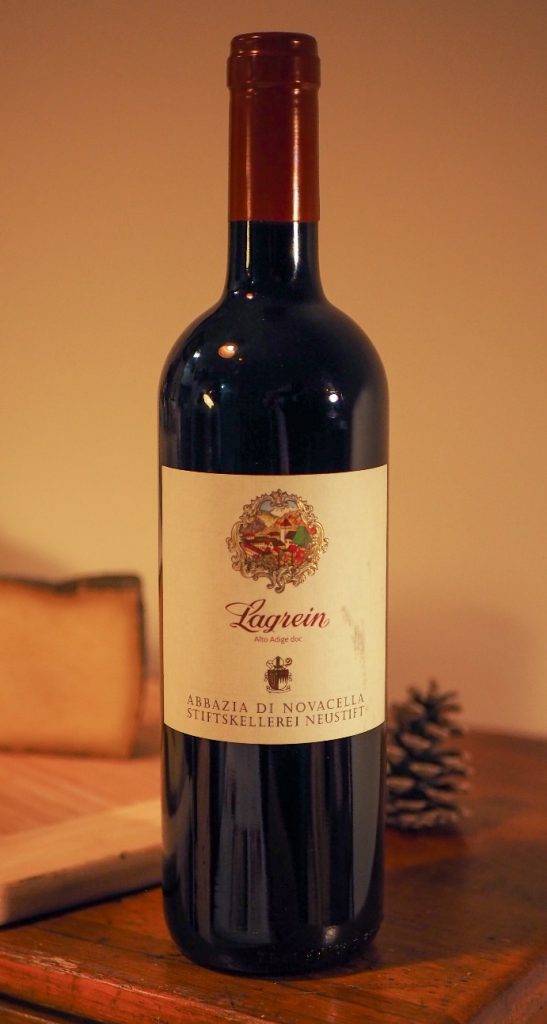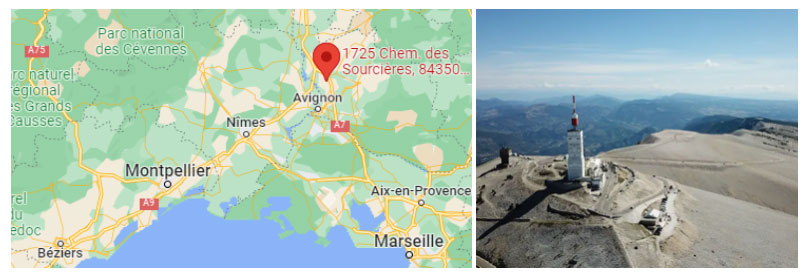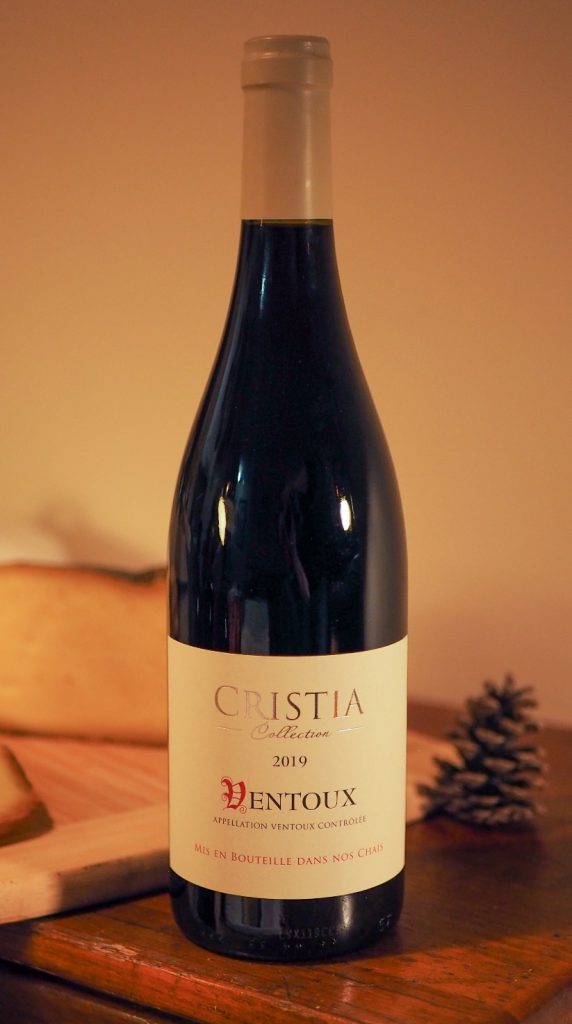November 2022
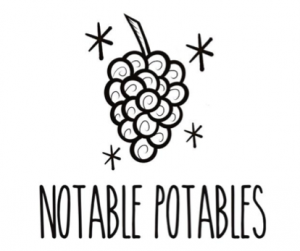
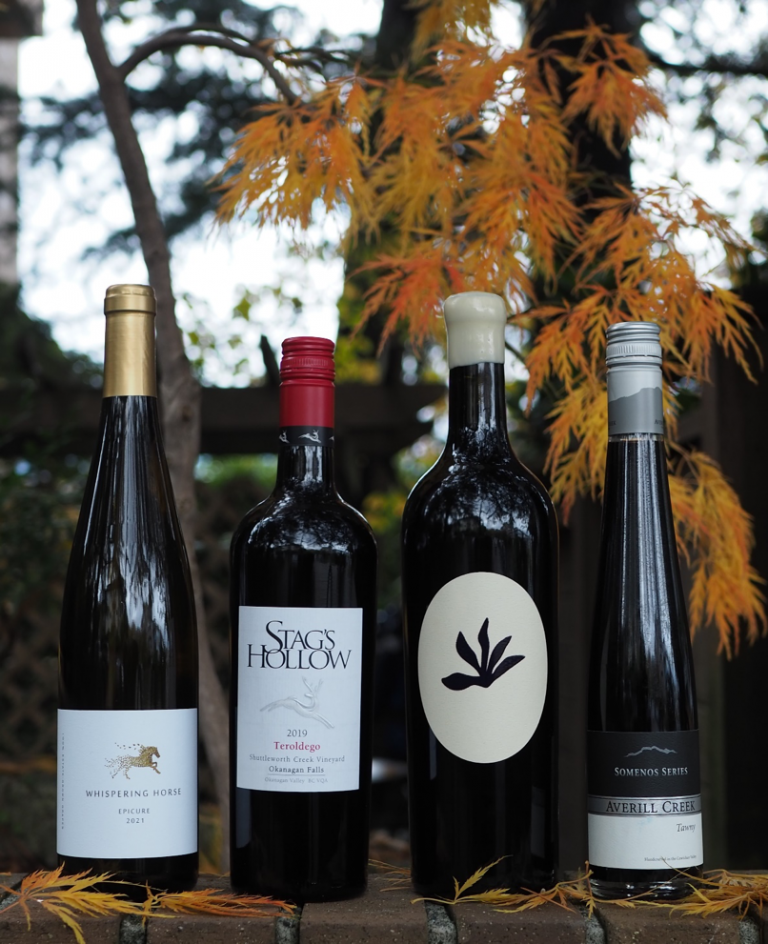
Dear Notable Potables Members,
After exploring Italy and some unusual wines for unusual food, I wanted to go much closer to home and spotlight some local hidden gems.
BC’s viticultural practices and winemaking are constantly improving, the vines are getting older, and the rise in quality, particularly over the last ten years, is evident. Wineries are also experimenting with new grape varieties (along with classic varietals) to ascertain what best suits their terroir.
So, for this edition I wanted to offer examples of different expressions of the beautiful terroir of British Columbia and its grapes with a little twist…
All the wines for this edition are produced in very small quantities and therefore that makes them rare.
I wanted to be surprised and surprise you, so I hope the job is done here!
As you know, I value community and the social gathering that we have deeply missed for the last two years, so am happy to organize a visit at Garden of Granite urban winery for all the members all together. Date to be determined.
We are also offering a free tasting at Whispering Horse winery in Chilliwack!

WHISPERING HORSE - EPICURE 2021

Located close to Vancouver and reflecting the Fraser Valley’s cooler climate, Melissa and Laurent specialize in traditional method sparkling wines as well as crisp, aromatic whites and rosés. The entire process, from vineyard to vinification to bottling, is run solely by their family, ensuring each limited production of wine maintains a hand-crafted approach.
Their mission is to offer exquisite, small-lot, terroir-focused wines; wines that are focused on elegance and finesse, made with minimal intervention to allow the true expression of their grapes and the beautiful place in which they grow to shine.


The Whispering Horse story is full of art, love of nature and horses.
It all began in the 1960s as J-Bar ranch, where John Giesbrecht (Barry’s father and Melissa’s grandfather) bred, raised and trained hundreds of horses for over 50 years. But the property turned into a vineyard years later in 2010 when Laurent Fadanni, joined the family. It was a propitious moment as the horse activity at the Ranch was slowing down. Melissa (John’s granddaughter) and her husband Laurent gave new breath to the property by planting the vineyard.

The main grape variety they plant is Epicure.
Epicure is a hybrid grape variety which is a cross between Cabernet Sauvignon and Resistenzpartner (also named Cabernet Blanc which is also a hybrid) developed by Valentin Blattner, a Swiss grape geneticist/wine maker in the Jura Mountains. It’s grown mostly on Vancouver Island, under the renaming of ‘Sauvignette’ by some of the local wineries. They chose to keep the name Epicure, which happens to also be the name of the ancient Greek philosopher famous for hedonism and pleasure.

So, why did they choose to grow this largely unknown grape variety? It certainly wasn’t the most ‘marketable’ approach. It comes down to their philosophy of planting grape varieties that they know will naturally grow well in their terroir, which allows them to farm sustainably without depending on chemical sprays. That is part of the advantages of hybrids which are becoming more and more studied and developed in the wine world.
Being disease-resistant and early-ripening, Epicure was definitely the right fit for this ‘fringe’ wine-growing region. By consistently producing beautifully clean and ripe grapes, they are able to maintain a minimal intervention approach in the winery.
This particular Epicure 2021 , is bright and mineral – a tribute to the terroir of the Fraser Valley.
Aromas of stone fruits, green pears, apple, citrus, with subtle notes of gooseberry and almonds. Crisp and dry on the palate, with notes of citrus, pear, stone fruits, gooseberry and a lengthy mineral finish.
Suggested pairings: All kinds of fresh seafood and shellfish, most particularly oysters; sushi/sashimi, fish tartare or ceviche; light seafood pasta dishes or risottos; salads, particularly ones containing apples or pears, and chevre (goat cheese).

GARDEN OF GRANITE - CABERNET FRANC 2020
Garden of Granite is a garage winery in North Vancouver run by a small collective.
They are located on the 2nd floor of an old industrial building, right above their sister project, La Cerveceria Astilleros, a new Craft Brewery celebrating the vibrant culture of Mexico.
Both projects are spearheaded by Andrew Doyle and the team at Lone Tree Cellars (not the Cider company!), a boutique family-owned wine and spirits agency founded in 2006. The team, a collective of wannabe winemakers, negociants and travelling salesmen, started making wine in their garage in 2020 right at the beginning of COVID.


Why is it a garage winery as we say in France? Because they don’t grow the grapes but rather purchase them ; mostly from the Okanagan but also from other places.
The original idea was to produce small, crafted lots in kegs for restaurants but when COVID hit they had to totally rethink their plan and decided to bottle the wines under their own label.
Turns out that for originally untrained winemakers the wines tasted really good!
For this Cabernet-Franc the grapes are sourced from their partners in the southern Okanagan, the Three Boys Vineyard. The vineyard is managed with organic practices but is not certified just yet. It was planted in 1992, making the vines 30 years old this year!
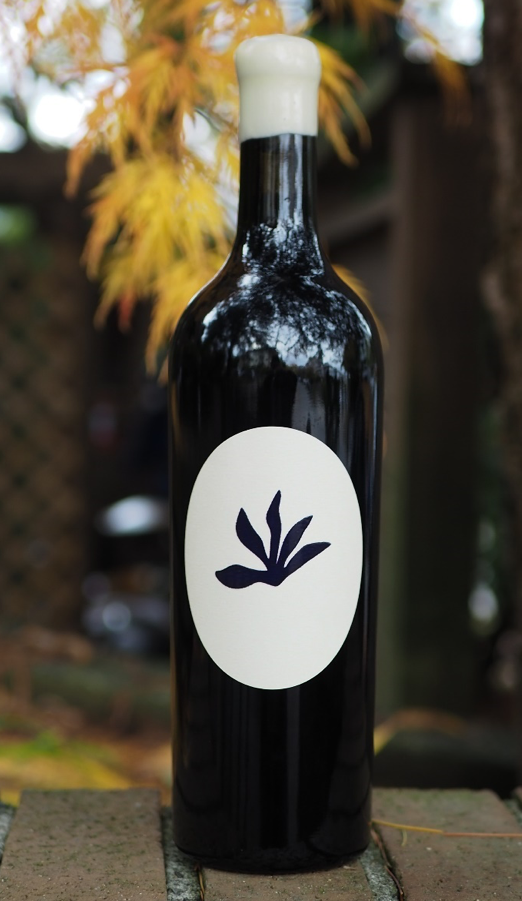
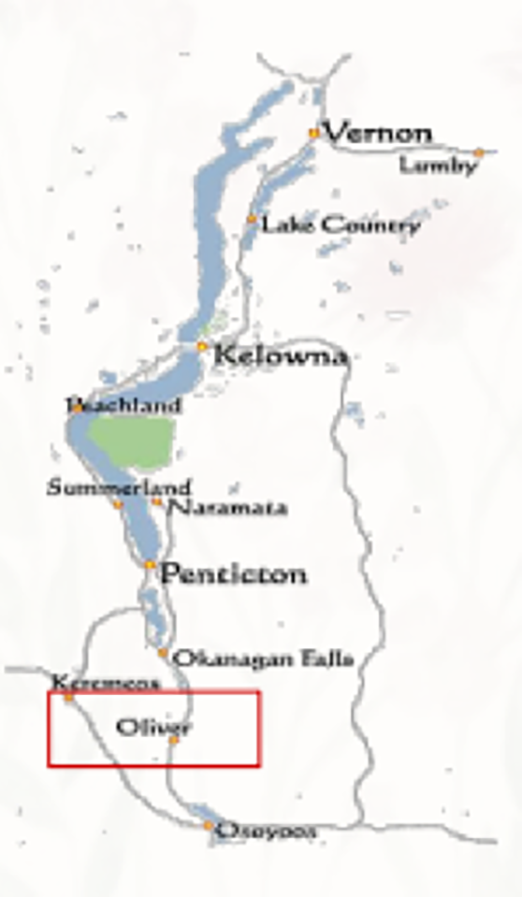
The wine is aged for 24 months in barrels. To me it is the perfect winter wine, the one that you sip by the fireplace with a plaid blanket watching
Christmas movies (mine being the Lord of the Rings trilogy – what’s yours?).
The nose is packed with red and black berries, some baking spices and floral notes. The palate features some slightly grippy tannins but is juicy and there is something very warm and cozy about it.
You can certainly age it for a few years but it won’t let you down if you open it now. Decant for thirty minutes to allow it to open.
I would serve it with a pot-au-feu, an ultimate rustic comfort dish.

STAG'S HOLLOW - TEROLDEGO 2019
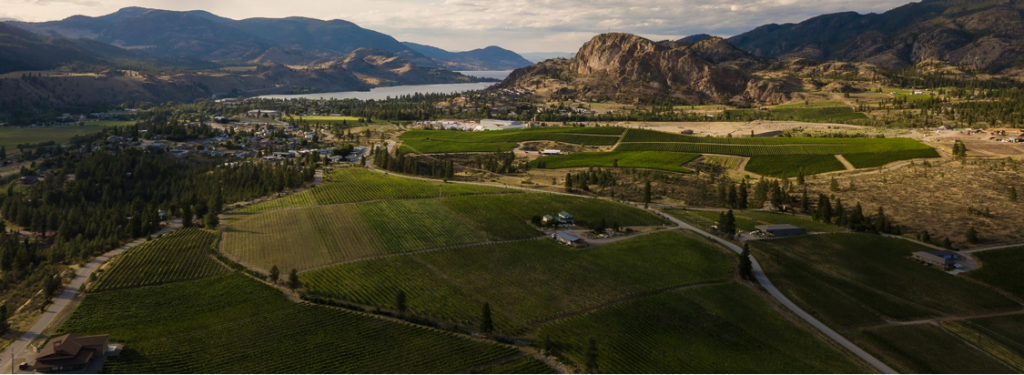
Tero-what? It took me a few times before being able to pronounce that properly!
Teh-ROHL-deh-goh.
Stag’s Hollow is located in Okanagan Falls and was founded by Larry Gerelus and Linda Pruegger in 1992 with 10 acres of vineyard planted to Vidal and Chasselas ; the vineyard is now about 28acres.
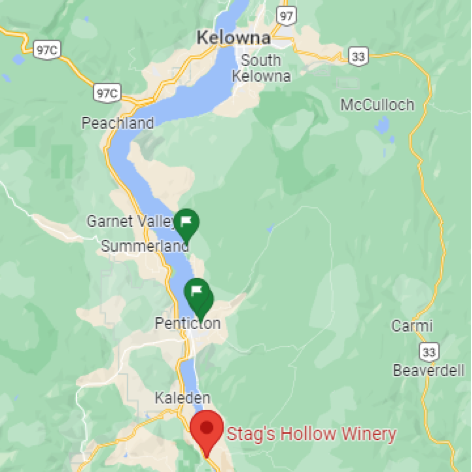
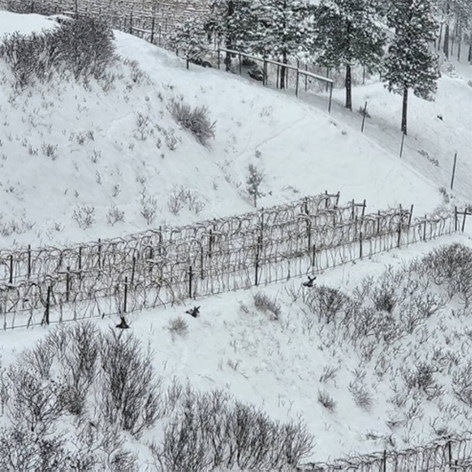
They grow a variety of grapes from the classic varietals Pinot Noir and Syrah to Alberino, Tempranillo, Dolcetto and Teroldego.
They farm the vineyards and run the winery sustainably with practices including the use of geothermal energy, responsible water use for vine management and avoidance of the use of herbicides.
Before we dig into Teroldego’s qualities I would like to introduce Keira LeFranc, the winemaker:
She has been the winemaker there since 2018 and has an incredible wine journey. She grew up in the Okanagan and worked some summers in wineries there. After completing an introductory Sommelier course, she moved to Brisbane, Australia. She worked as a Sommelier while completing her certification there. Then, after a brief hiatus at Stag’s Hollow for 2015 harvest, Keira spent an immersive year of study at the University of Auckland’s Waiheke Island campus in New Zealand. Following graduation and another harvest just outside of Auckland, missing home, she reached out again to Stag’s Hollow’s winemaker at the time and asked about harvest positions available. He hired her (yet again) in June of 2017 and she took over as winemaker in July of 2018.
Her vision for herself and Stag’s Hollow are the same: to continue to build on the brand’s well established reputation and solidify their position as one of the leading wineries in the Okanagan known for creating elegant, top-quality wines that speak for themselves.


The Teroldego vines are planted in the Shuttleworth Creek Vineyard, very well suited to the site’s micro climate.
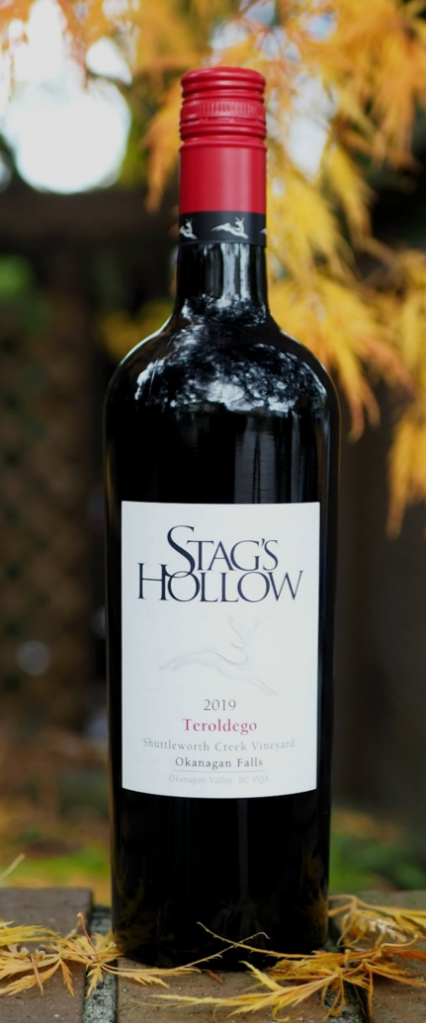
It is a grape from northern Italy mostly planted in Sudtirol and Trentino-Alto Adige. Elisabetta Foradori (also known as the Queen of the Dolomites) makes an incredible version of it.
Stag’s Hollow version is true to the grape variety and is is beautifully crafted.
Full-bodied, it shows crushed strawberries, black cherries, and black pepper. The palate is alive with nice acidity, savory spice, cherries, black plum, and floral notes. You can easily age it for 5 to 10 years. Something wild is not tamed yet but displays its potential.
Have it with lamb or anything tomato-based – it would also be perfect with osso buco.

AVERILL CREEK - TAWNY
We are going a little bit off the beaten track here but as it is Christmas season and we are looking for Gems; here is one.
This wine is port-style but made of…Blackberries!
Averill Creek Vineyard is in the heart of the Cowichan Valley wine region on Vancouver Island.
It has a cool climate where they farm a 30-acre vineyard which rests on the sun-drenched south slope of Mt. Prevost in the Cowichan Valley.

Their philosophy is to showcase the distinctive terroir by producing premium-quality, single vineyard wines, hand-crafted in small lots.

The Tawny I present you here is a fortified blackberry wine. They had a few acres covered in bramble bushes which has been planted with vines since then. Cowichan Tribes would harvest them, and they would repurchase fruit from their coop for the base. They were a blend of Himalayan and Vancouver Island variety.
Initially it was a simple blackberry dessert wine called Cowichan Black. One year they ran out of bottles for the base wine, and they put it in barrel temporarily. But tasting the wine after some time, they loved the effect of the barrel age. So they decided to turn it into a solera-style program, adding base to the barrels each year.
This Tawny has been aged for up to 6 years in barrel hence the development and complexity.
These bottles are the last on the market because they no longer produce this fortified Blackberry wine which makes it rare and unique!


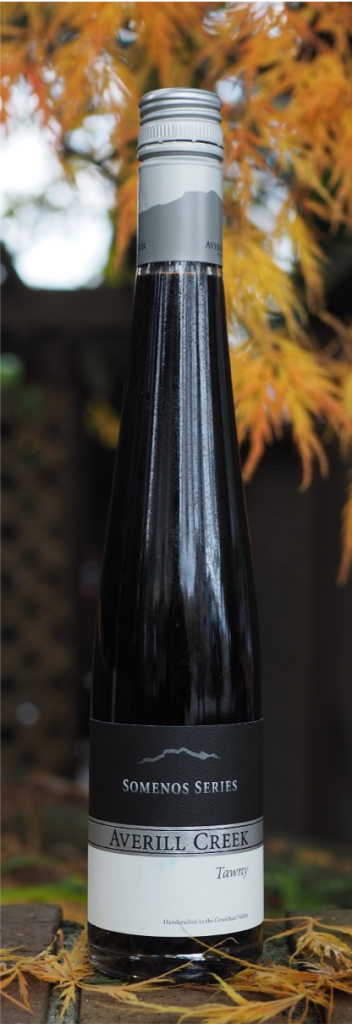
While this is a dessert-port style it does not lack freshness. The high acidity balances the high alcohol, and the sweetness is not over the top. I was really surprised when I was told it was made with Blackberries as I wasn’t expecting that level of complexity for a non-grape-based wine.
Aromas of toffee, dark berries, orange peel, marzipan, cinnamon, and herbs. The palate is lifted by the acidity but is rich with raisin, nuts, and spices like clove and nutmeg.
Try it with a tarte tatin, cherry clafoutis or a chocolate moelleux cake with a caramel sauce.
You can also make a delicious cider spiked with warm spices and this Tawny. Perfect for Christmas season!!

September 2022
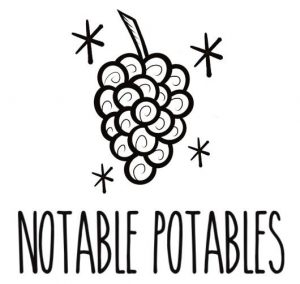
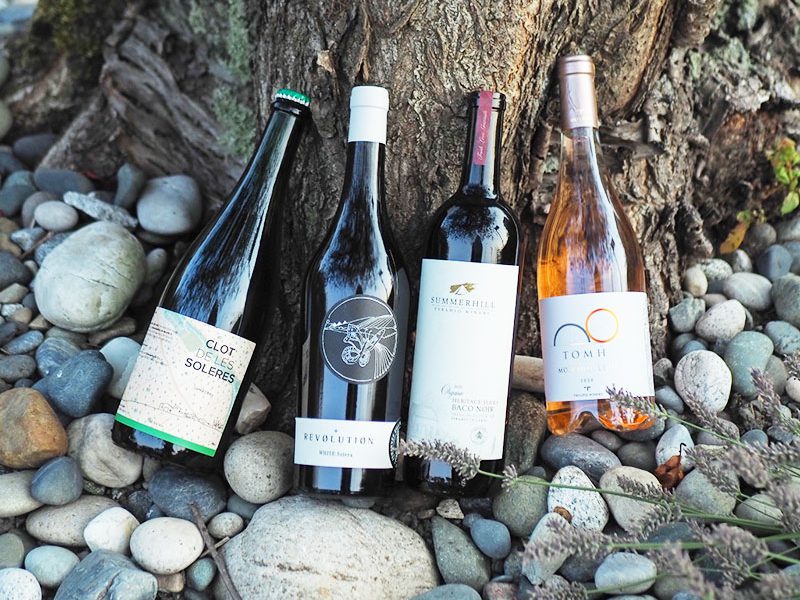
Dear Notable Potable Members,
For this September edition, I am happy to partner with Melanie and Bardia from Delara Restaurant.
Melanie is a sommelier who worked with me at New District for a year, she has a very sharp palate and always the most atypical and funny tasting notes. I learned a lot with her. Coming from Montreal, she travelled all around the world, worked in some fine dining restaurants where she was manager and wine director. She has an insatiable curiosity.
Chef Bardia Ilbeiggi worked in renowned Vancouver restaurants such as L’Abattoir and Farmer’s Apprentice prior to opening Delara in August 2021.
Ilbeiggi’s life path wasn’t originally leading him to running a Persian restaurant. He embodies the classic immigrant success story, leaving Iran in 2003 to attend Carleton University, graduating with an aerospace engineering degree.
In 2011 he left his secure job at IBM to embark on a culinary adventure in France, trained rigorously in traditional French cuisine at École Grégoire-Ferrandi and then refined his technique at Frenchie Restaurant in Paris before returning to Canada in 2012.
Delara – meaning ‘She who brings beauty to hearts’ – showcases his reinvention of Persian cooking. Ilbeiggi’s cooking enhances the beauty of Persian cuisine, which he describes as herbaceous, aromatic, and elegant. Each of his dishes feature core Persian flavours, such as saffron, fragrant rosewater, barberries, pomegranate molasses, and sour unripe grape juice.
Most ingredients are sourced locally, the flat bread is home made and sometimes his little son participates in the baking process.
You really feel comfortable and welcome at Delara which you will discover with us at the tasting!
Melanie’s words:
It was such a pleasure to have Cecile ask me to participate in this month’s Notable Potables with her! I hope you find something new and exciting in this pack of unusual suspects: a pet-nat from Spain, a blend of wildly differently fermented white grapes from Austria, a Greek Rosé for the last days of summer, and a BC red to welcome you into fall.
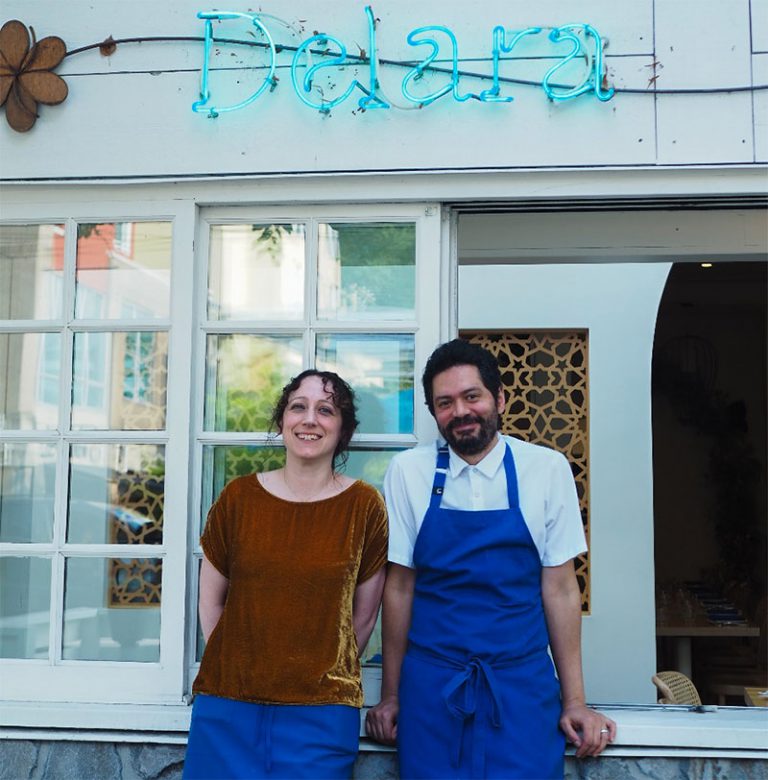

CLOT DE LES SOLERES-MACABEU 2019 PET-NAT
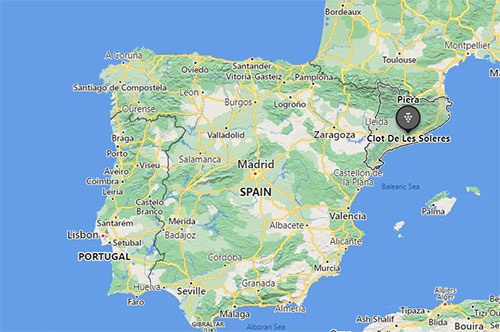
When Fernando Fontan, the agent for this winery, came to drop off a bottle of this lovely wine to the store, I wanted to know more about the story behind it when he said: “Oh well let’s call Carles!” and a second later he was calling the winemaker on WhatsApp to talk about the wines and his philosophy.
It was as simple as that! Carles is very easy to talk to, very precise, gentle and humble. He really wants his wines to express their terroir and you can feel it. This is why there are zero additives whatsoever in his products!

Montse and Carles farm 23ha of vines, which is a big surface to cover with only two people. So they know their vines and the soil well. This vineyard is located in the municipality of Piera in Catalonia, Spain, not too far from Barcelona and between 290m and 325m above sea level. The row between the vines has grass to maintain the water and some life. Indeed, the area receives only 200mm of water per year and the vines are dry farmed. However, the altitude and the South-East exposition prevents damage from very hot weather in summer and from frost during winter.
For comparison Vancouver already received 1325mm so far this year!
They grow Spanish grapes such as Xarel.lo, Macabeo, Malvasia, but also Chardonnay, Garnacha and Cabernet Sauvignon.
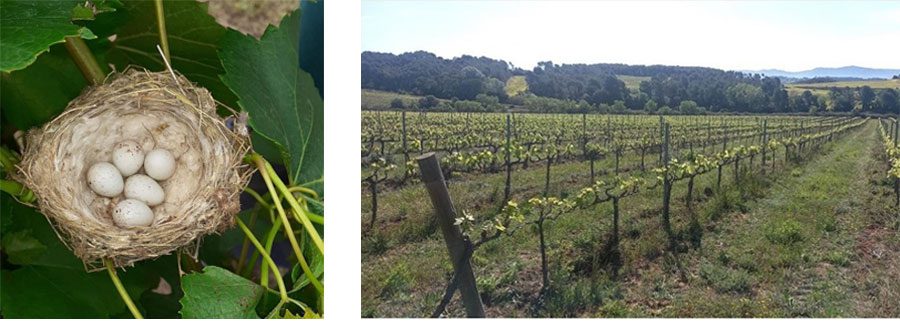
The winemaking part is really hands-off with no use of enological products, not even sulfites. The fermentation is spontaneous.

One day an inspector from the health and safety came into the winery for a control and asked Carles to show them where they were stocking the chemicals. Carles answered: “Nowhere!” She said: “That is not possible, you should at least have sulfites or cleaning products!” But they don’t.
The wine we are presenting today is a Macabeu with a specific story.
This is the 2019 vintage; the grapes were pressed directly and then the must was placed in a stainless-steel tank where it started to ferment naturally. In February it stopped fermenting, but they knew there still was some residual sugar. They waited for the wine to stabilize after working on the lees and bottled it with a capsule because as soon as the temperatures increased again in summer, the fermentation started again! This is why this vintage is slightly fizzy!
So here it is really a matter of adapting the winemaking to what the wine needs and not the other way around. Which makes every vintage unique and the real expression of it.
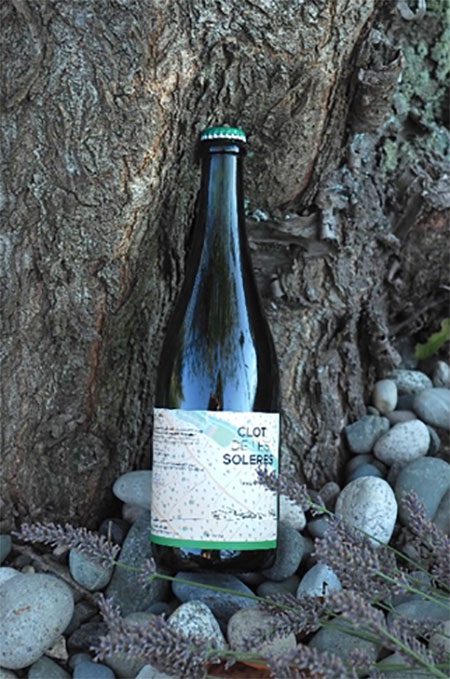
Melanie’s tasting notes:
Lemon shimmer, stems and sap, petrichor.
I say lemon shimmer because there is a sparkling quality to it, and it reminded me of lemon fizz a little.
Then a floral and green note comes through, like your hands after they held a bouquet by the stems, where the flower note sits behind a slightly bitter and sappy smell. Petrichor refers to the smell of the air after rain, like an earthy and natural smell, so unique, so recognizable! This is not a party wine, it’s a love letter to nature and a wonderful example of letting the wine express itself.

WEINVERTEL - JOHANNES ZILLINGER REVOLUTION WHITE SOLERA
From Spain to Austria but with the same philosophy here.
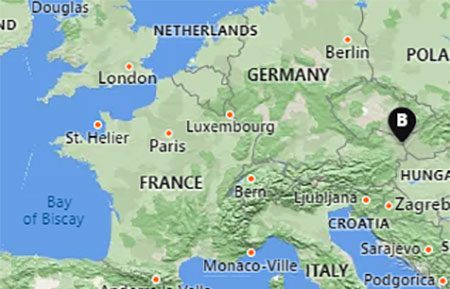
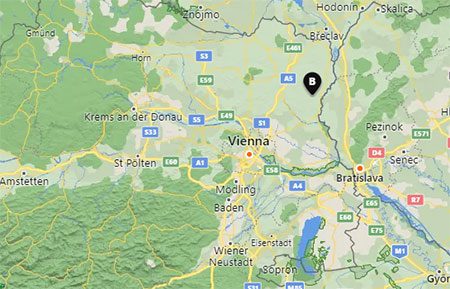
Johannes Zillinger is the winemaker who farms his vines organically and biodynamically. According to him there is no compromise: it is the only way to produce exciting wines.
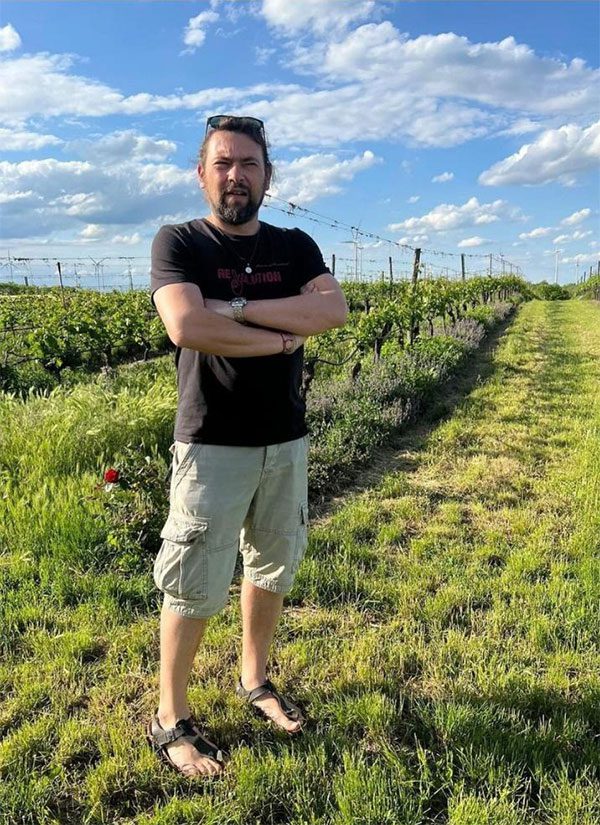
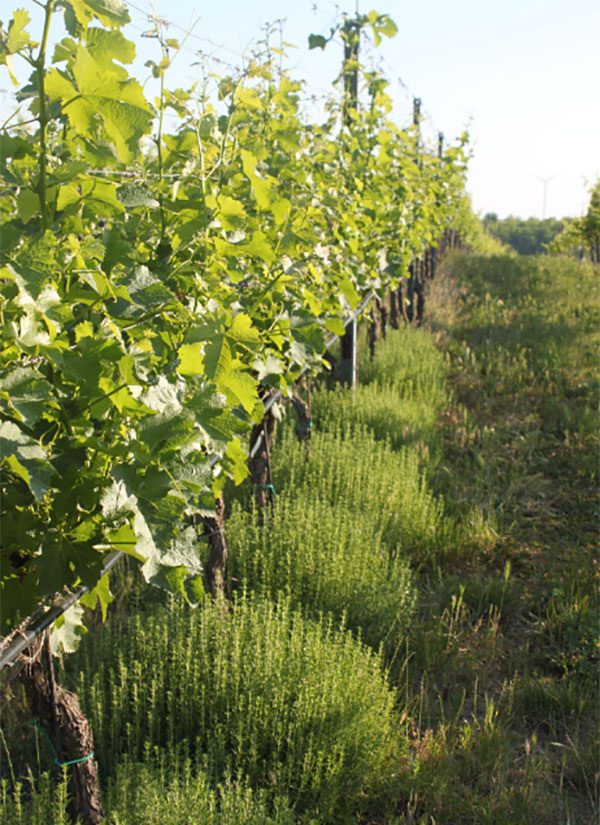
His father was considered an early pioneer in Austria when he transitioned the vineyards to organics in the early 1980s. When Johannes took over in 2013 he began practicing biodynamics beginning a new chapter for the 350-year-old family winery. Solera systems, intracellular fermentation, Georgian Qvevri and skin contact whites are methods Johannes uses exhaustively. He is obsessed with the notion of organic living as a whole. He grows his own herbs for tea tinctures for treatments in his vineyards along with the other bio-dynamic preps.
Johannes believes in letting nature go its own way. To help this process he aims to interfere in both vineyard and cellar as little as possible.
This wine is a blend of Chardonnay, Riesling and Scheurebe which is a very aromatic grape found mostly in Germany and Austria.
The Chardonnay is added whole bunch pressed into 500L Georgian Qvevri (clay amphorae). The qvevri is sealed and left underground for 6 months after which the wine is removed, and very loosely racked off the solids. The result is then blended with two different soleras. The first solera contains 6 vintages of Riesling (2013-2018) the other has 3 vintages of Scheurebe (2016- 2018). Both soleras are kept in stainless steel to preserve freshness. After this, the resulting wine is never filtered, never sulfured, just bottled as is.
The Solera system consists of a pyramidal barrel filling. When you put the wine in a barrel and fill it, a part will be absorbed by the cask and a part will evaporate (it is called the “angel’s share”). Then you top up the older barrels with the younger wine from the top.
This process is usually oxidative because as the wine lowers in the barrel there is more contact with oxygen. It is the process used for Sherry where the barrels are left 5/6ths full.
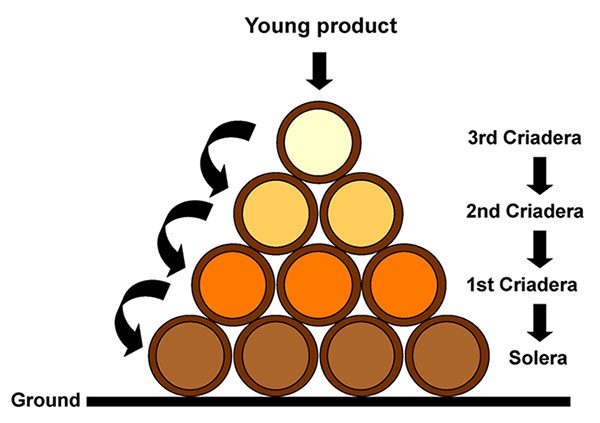
But here the wine doesn’t show any oxidation notes at all because the barrels must be topped all the time so the wine kept its freshness.
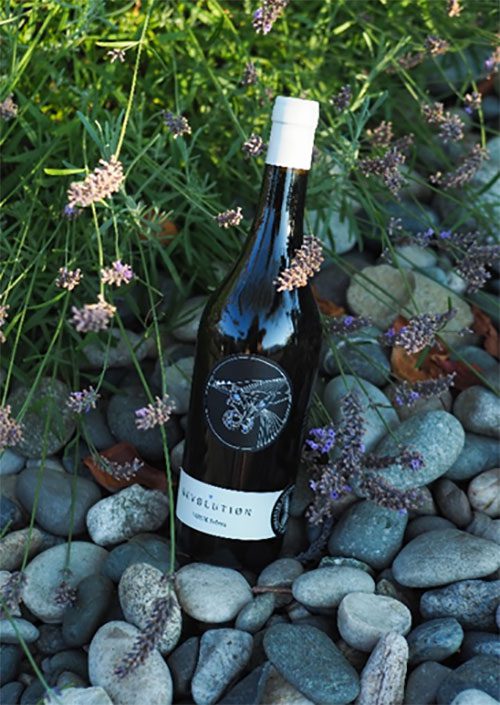
Melanie’s tasting notes
A butterfly fluttering, lemon apricot panettone
This wine shows an incredible delicateness, and that’s the butterfly fluttering description.
It also refers to the back and forth between the fruit and floral character of this wine. A strong aroma of elderflower starts first, but then after a sip, it changes to citrus, to candied lemons, apricots, then bread, nothing sweet though. The way a panettone is not sweet but not dry either. Just very delicious.

TROUPIS -TOMH ROSE 2020
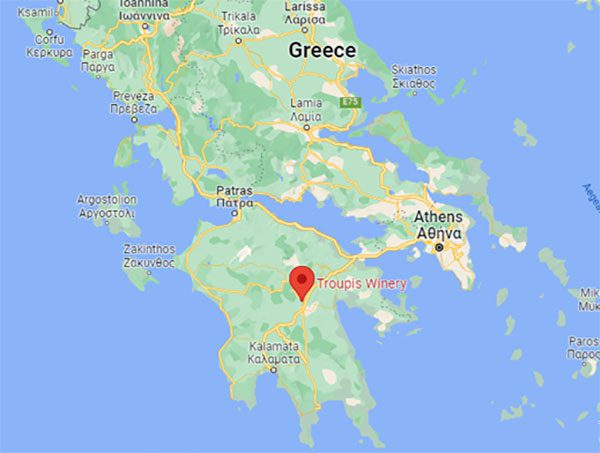
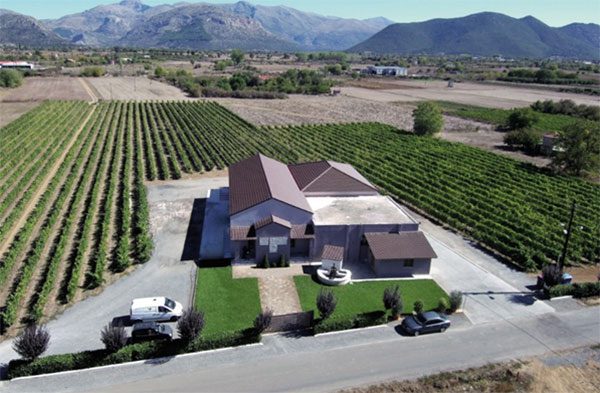
Troupis winery is situated in the heart of Mantinia plateau in the Fleri region, the core of the viticultural zone itself at an altitude about 700m above sea level.
The family started the winery in 2010 with 7 hectares of land they just acquired but they have been in the wine industry since the 1970s.

The vineyard got bigger yearly and the family invested in a facility with innovative winemaking techniques and experimental microvinifications to allow them to experiment with local grape varieties such as Kolliniatiko. This modern equipment is however compatible with low intervention practices because they can follow the process with precision.
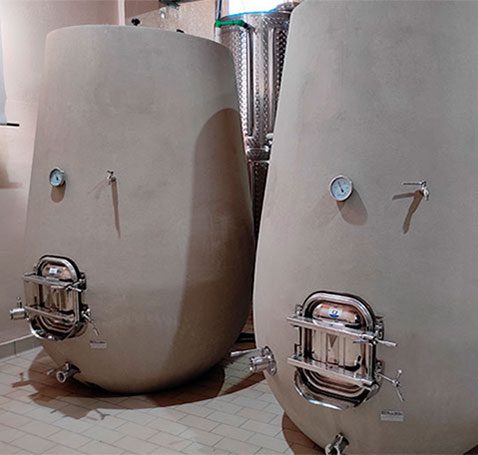
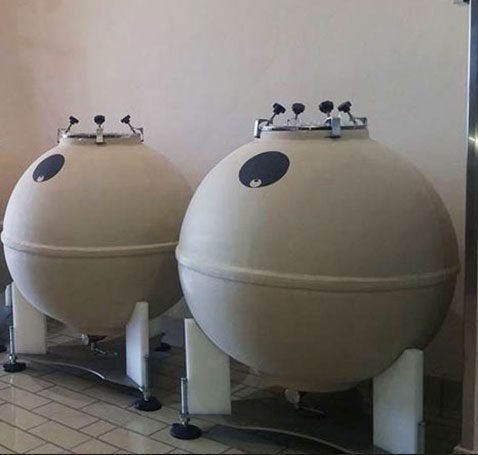
Their main focus is the Moschofilero which is an aromatic white grape with a pink skin.
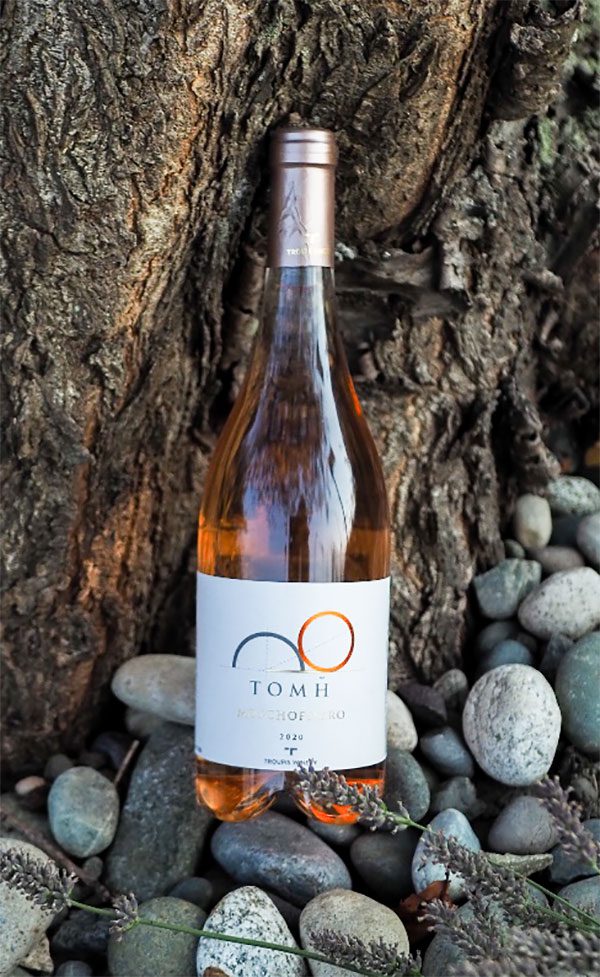
Melanie’s tasting notes
Walking by the flower beds to the citrus grove, salt on your lips
It’s unusual to find Moschofilero in rose style, so it’s a treat! Such a refreshing wine! While the flowers are present at first (rose, jasmine, gardenia), the citrus notes take more importance later, and that salty note keeps you wanting one more sip.

SUMMERHILL BACO NOIR 2020
Summerhill is one of the oldest wineries in BC which began with Stephen Cipes in the mid 80’s after he left New-York to live in the Okanagan.
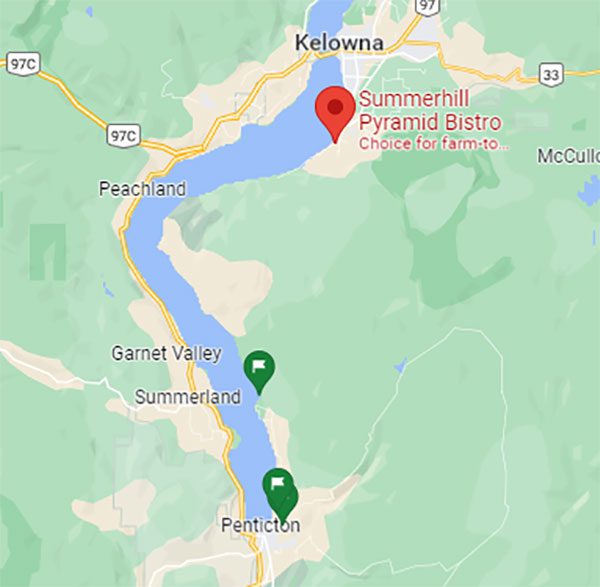
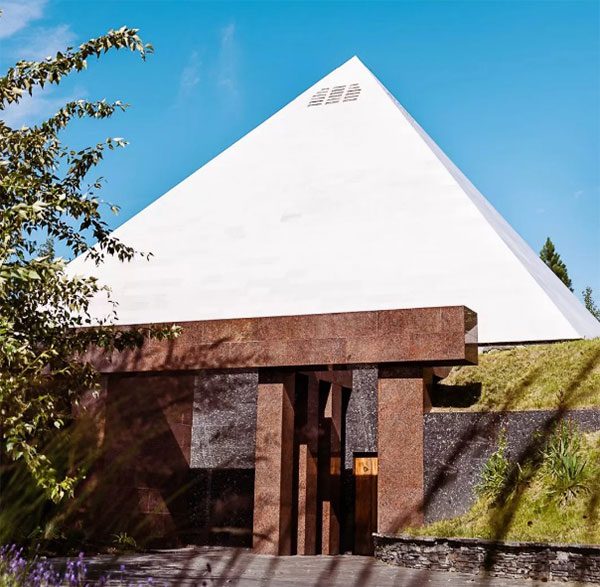
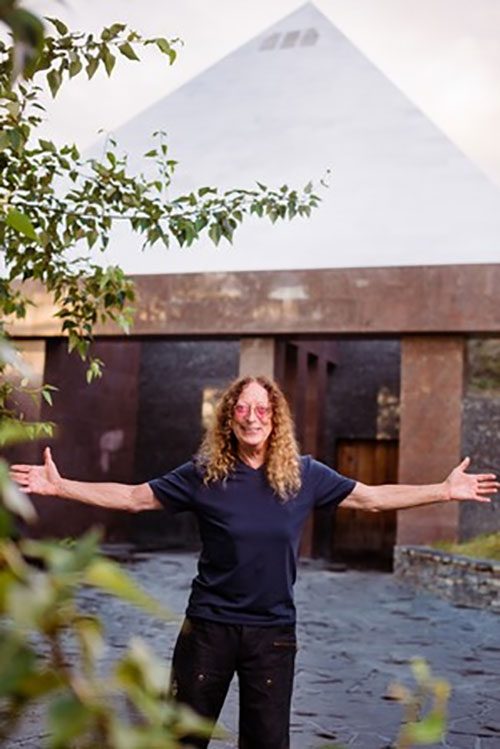
When he visited the land, he believed that it was the perfect place to grow grapes to produce sparkling wines. Cipes brought grape clones from France and “personally planted them on my hands and knees.”
From the beginning he decided to not use pesticides or herbicides and practice organically for the health and safety of his family. Also to keep the lake clean and so that the grapes wouldn’t taste of chemicals.
Today the winery is still family owned, Stephen Cipes is still the owner of the winery and two of his sons are now involved in the company.
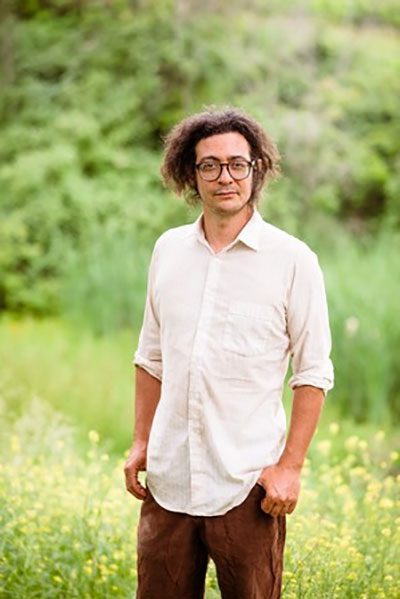

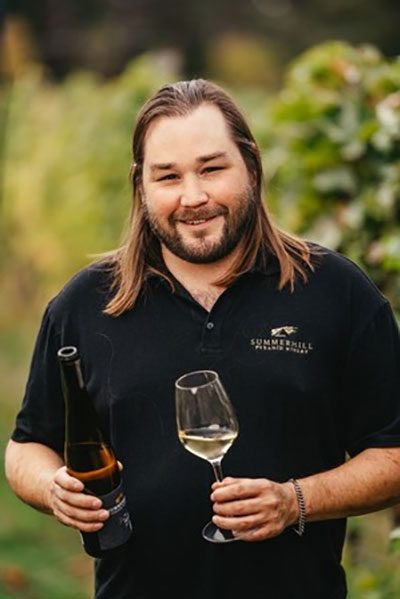
Gabe Cipes is the Director of Biodynamics and Permaculture and led the Winery to be Demeter certified biodynamic.
Erza is the Managing director of the estate. He grew up in the wine industry and is proud to carry the family legacy.
Michael Alexander has been the winemaker since 2018 using in the winery the organic and biodynamic principles.
I don’t know if you have been there, but the aging cellar has a very distinct architecture…it is a pyramid!
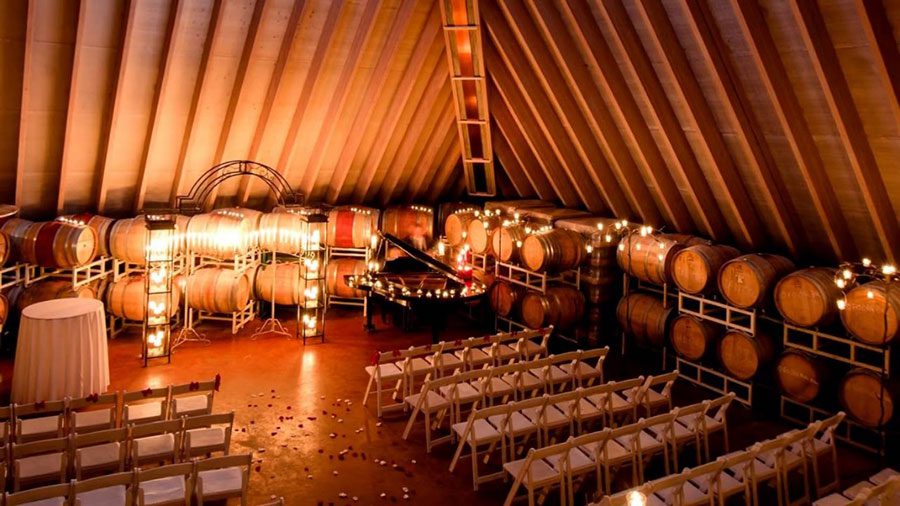
As in ancient Egypt this pyramid is built following absolute sacred geometry and is aligned to the true North. They didn’t use any ferrous metal in the structure so that it does not reorient to magnetic north.
The idea behind this pyramid, and they now have 20 years of experience to prove it, is to use this alignment and this timeless shape to age their wines so that they develop smoother structure and better aroma. It all has to do with energies so lots of spirituality there which goes well with the biodynamic principles.
Their flagship is the sparkling wines that they have produced since the beginning. Now they grow a lot of different grapes from well known (Chardonnay, Riesling, Pinot-gris, Merlot, Cabernet-Franc…) to more unusual ones such as the wine we are presenting in this pack.
The grape used in this wine is a Baco Noir from 30-year-old vines. Baco Noir is what we call a hybrid (which means a cross between two types of vines, in this case a cross of Vitis vinifera var. Folle blanche, a French wine grape, and an unknown variety of Vitis riparia indigenous to North America).
This Baco Noir is fermented in a 10 hL oak foudre with wild yeasts and then is transferred to age in neutral barrels for 18 months before bottling.
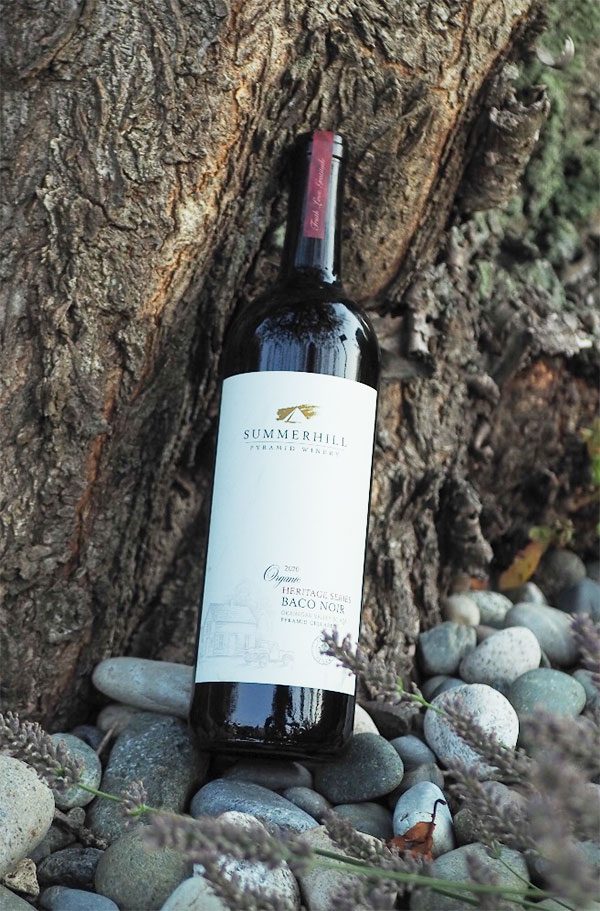
Melanie’s tasting notes
A night hike to the fire pit, fresh picked blackberries
There’s so few Baco Noir out there, I wasn’t sure what to expect when I first tried this wine. It felt like walking in the dark forest, heading to the fire your friends have gathered around, eating blackberries. It’s a dark red, but the acidity is there, cool like the night, but with a warm, caramel, black currant center. Another unique experience!

Chef Bardia’s recipe: Roasted Cauliflower, Yogurt and Hazelnut
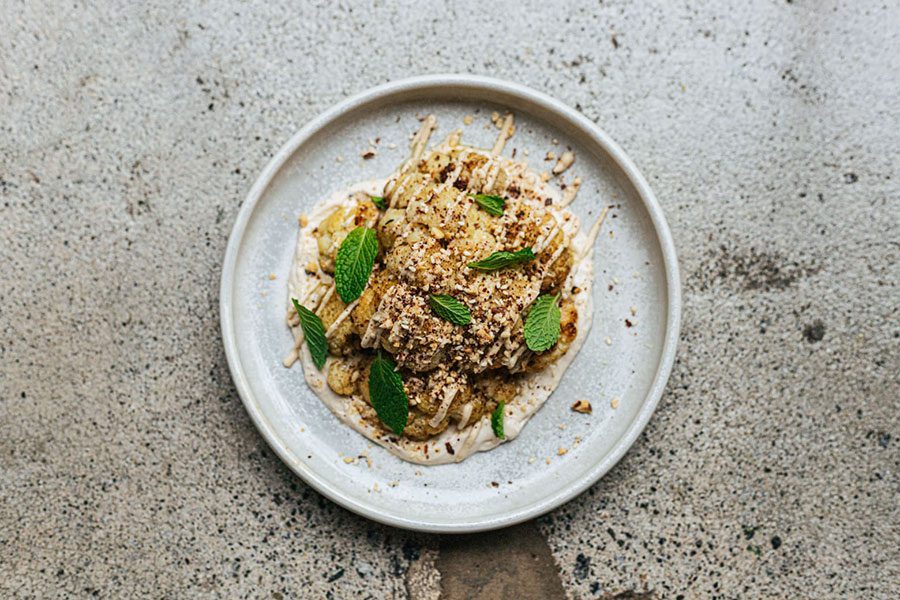
Cut cauliflower into pieces (florettes). Dress them in oil (we use grapeseed oil), salt and crushed caraway seeds. Roast them in a baking pan, at 375C until golden brown (make sure the pan is not overloaded, so the cauliflower gets fully roasted.
Dress the cauliflower with some lemon juice and olive oil. Place them on a bed of spicy yogurt and top with hazelnut and sumac condiment and fresh mint.
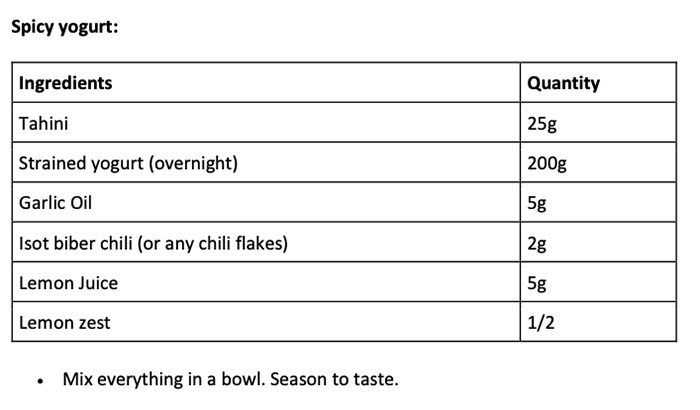
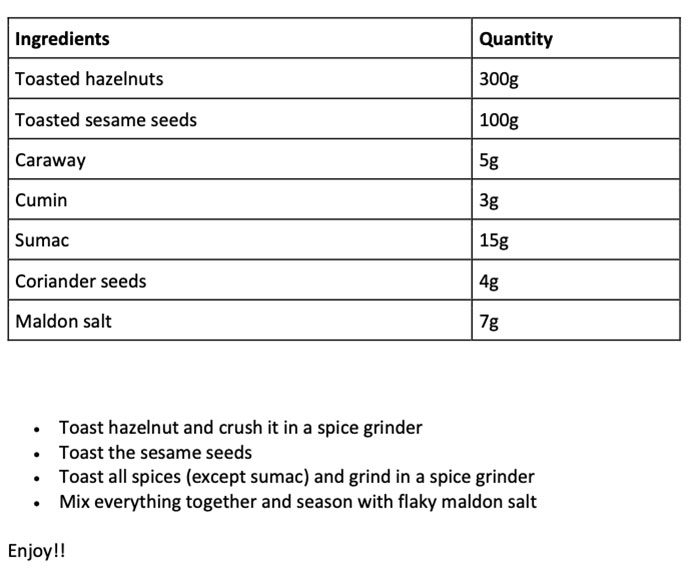
July 2022
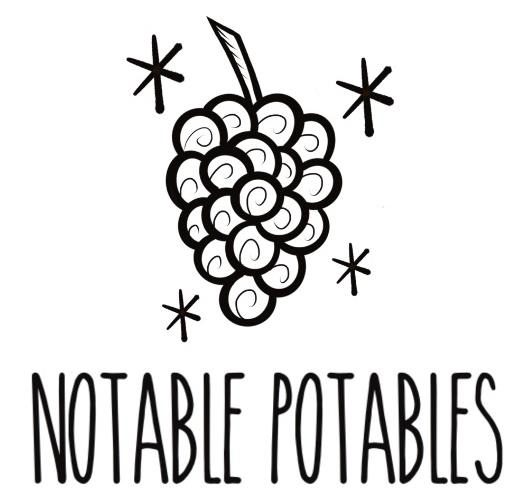
Welcome to the first edition of Notable Potables!
In this pack we are touring Italy, from the North to the far South. I love Italian wine; it is such a vibrant country with incredible variety and quality.
My objective is to shine a spotlight on quality products from producers who take an environment-friendly approach to their products and production.
I have also included a recipe and pairing ideas that I hope you will try!
We are excited to share these wine discoveries with you. If you have any questions or want more information, I am available anytime.
Cheers!
Cécile Chabirand


VILLA SPARINA SPARKLING

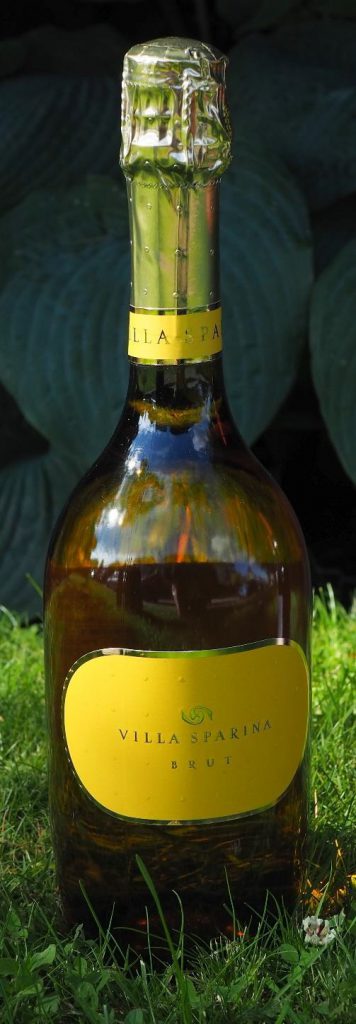
A bubbly to celebrate our first pack!
And what a bubbly, it is made in Piedmont, Italy from the wine grape Cortese.
Cortese is an indigenous grape which is used to make Gavi di Gavi DOC, a still white wine. As it turns out, it is also great for Sparkling! This wine is made following the Traditional or Classic Method rules (exactly the same principles used in Champagne).
The wine spends 42 months on the lees before disgorgment, a fairly long time resulting in a full-bodied sparkling wine that maintains freshness and minerality. The bubbles are elegant, and the wine displays citrus, apple and floral notes.
It competes very well with good Champagnes!!!
You can enjoy this wine on its own, but it will pair well with antipasti like olives and Pecorino or Parmesan cheese as well as dishes such as creamy seafood pastas.
The shape of the bottle has a cool backstory; during the renovation of the winery, they found an ancient vase in the old building. They, together with the designer Giacomo Bersanetti, used this piece of the estate’s history as inspiration in creating the unique bottle.

The story of Villa Sparina began in the early seventies when Mario Moccagatta and his wife Bruna bought the estate and founded the Villa Sparina farm.


The winery is in the Piedmont and the vineyard is in the hills of Monterotondo, an ideal site for the growing of the Cortese grape. The estate is 100 hectares in total, quite a big area for a family business.
They have developed this very well-located estate into one of the top wineries in the Gavi area.

Source pictures https://www.villasparinaresort.it/

CANTINE FINA KEBRILLA GRILLO

Look at this incredible view from the winery in Sicily!


For many years Bruno Fina was the director of the Viticultural Research Institute in Sicily. After working with Giacomo Tachis, one of the most influential winemaking consultants in Italy (Tachis is known as the father of the Super Tuscan. He collaborated to create Sassicaia so he is basically an Italian wine god.), Bruno left nothing to chance when researching the best terroir and microclimate to plant his vines.
He found his site in the western part of Sicily at about 150-400 meters above sea level where sandy and salty soils were ideal for the Grillo that you will find in this bottle.
These days, Bruno tends to do more and more organic farming.




The Cantine Fina Kebrilla Grillo was aged partially in oak and concrete tanks.
The nose is fragrant displaying grapefruit, citrus and peachy notes.
The mouth is fresh and flavourful with notes of lemon, orange peel and a saline finish with the sea influence and salty soils coming through!
Lots of texture comes from the ageing as well.
At New District, we also carry their Nero d’Avola which is very tasty.
Source pictures https://cantinefina.it/

BAGLIO ORO MEZZALORO TALI

Located in the very western part of Sicily very close to Cantine Fina, this family estate is now operated by the 4th generation.


The vineyard is about 100 hectares and they produce a vast array of indigenous grapes such as Grillo, Grecanico, Inzolia, Catarratto, Nero d’Avola and Frappato as well as international grapes such as Syrah, Cabernet Sauvignon and Merlot.


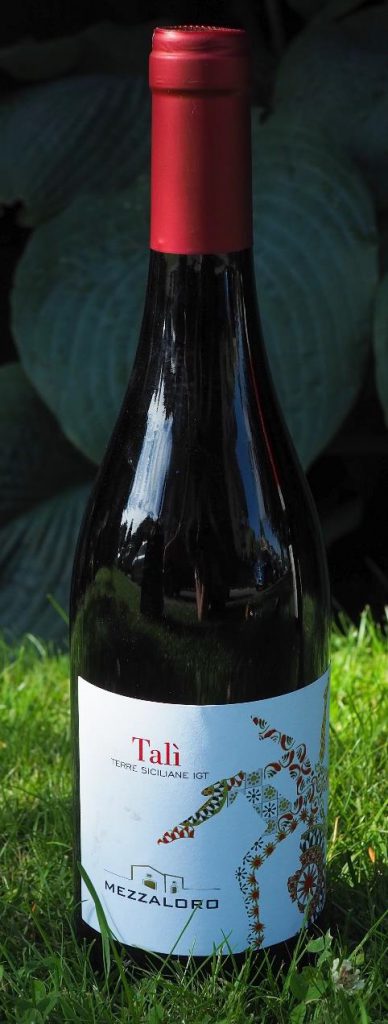
The wine we chose for this pack is a Frappato/ Syrah blend.
It is a versatile, fresh and balanced wine displaying typical Frappato aromas like crushed strawberries and spice. The Syrah lends some deeper balsamic notes.
Medium bodied, it shows some cooked fruit and white pepper on the palate with low tannins.
This is unbeatable quality/price-wise.
Tali will go well with many different dishes from shish kabobs to salads, making it an ideal summer barbeque wine.
Source pictures https://bagliooro.it/

BINDI SERGARDI SER GARDO CHIANTI CLASSICO


The Bindi Sergardi family heritage is one closely tied with the history of the Chianti and Chianti Classico regions. For twenty-three generations—since 1349—the family has been deeply involved in the politics, economics, and culture of Siena. From being leaders of the Siena government in the 15th Century to one of the founding members of the Chianti Classico Consorzio in 1924, the Bindi Sergardi family lives and breathes the history of the region.
Here is a picture of Siena because if you haven’t been, I hope you will have a chance one day to see the beautiful shell-like central piazza with the warm terracotta color.

Back to the winery! The current manager, Alessandra Casini Bindi Sergardi joined the company in 2005 following the 700 years-old tradition of her family in wine making. Inspired by her father Nicolo and following the courageous example of her grandmother Chiara and great grand mother Elisabetta (long female history here!), she gave new light to the family business.

They make wine from their three estates: Tenuta Mocenni, Tenuta I Colli, and Tenuta Marcianella. Through their work in the vineyards and cellar they are true Sangiovese specialists.
Alessandra really is a powerful woman who helped to raise the overall quality of Chianti and promote the appellation around the world.



The wine we present here is a Chianti Classico made with 100% Sangiovese which shows the expertise of this family with this grape variety.
This is really a very precise high-quality Sangiovese, bright and juicy. The nose is complex with notes of strawberries and cherries; floral and spicy.
Fresh acidity on the palate along with the supple tannins makes this bottle dangerously quaffable!!
Serve it slightly chilled around 17° C. It can be easily paired with all red meats and Mediterranean cuisine.
The label represents the union of the two family coats of arms : the wedding between Gerolamo Bindi and Calidonia Sergardi.
Bindi Sergardi’s philosophy: United we stand, divided we fall!
Source Pictures https://www.bindisergardi.it/

RECIPE
In order to further enjoy these selections, we wanted to share a pairing recipe because we believe wine and food are the best social lubricants to connect us with others.
Cin Cin !
Cacio e Pepe (Spaghetti With Black Pepper and Pecorino Romano)
The Roman pasta dish cacio e pepe is as easy to make as it is delicious. This will pair well with both the Villa Sparina Sparkling and the Bindi Sergardi Ser Gardo Chianti Classico.

Cook: 25 mins
Active: 10 mins
Total: 25 mins
Serves: 2 to 3 servings
Ingredients
● 4 tablespoons (60ml) extra-virgin olive oil, divided
● 1 teaspoon coarsely ground black pepper, or more to taste
● Kosher salt, to taste
● 1/2 pound (225g) spaghetti
● 2 tablespoons (30g) unsalted butter
2 ounces Pecorino Romano cheese (about 1 cup; 55g), very finely grated on a Microplane or the smallest holes of a box grater, plus more for serving

Directions
For this recipe it is super important to cook the pasta in an actual skillet/pan (not a pot) with just a bit of water to cover so that you get the super starchy water to use in the sauce. Don’t drain the used water away.
- Heat 3 tablespoons olive oil and about a teaspoon of black pepper in a medium skillet over medium-low heat until ingredients are fragrant and pepper is barely starting to sizzle, about 1 minute. Set aside.
- Place spaghetti in a large skillet and cover with water. Season with a small pinch of salt, then bring to a boil over high heat, prodding spaghetti occasionally with a fork or wooden spoon to prevent it from clumping. Cook until spaghetti is al dente (typically about 1 minute less than the package recommends). Transfer 2 to 3 tablespoons of pasta cooking water to the skillet with the olive oil/pepper mixture. Stir in butter. Using tongs, lift spaghetti and transfer it to the oil/butter mixture. Save the remaining pasta cooking water to use in the last step.
- Add cheese and remaining tablespoon olive oil to the skillet and stir with a fork until cheese is completely melted. Add a few more tablespoons of pasta water to the skillet to adjust consistency, reheating as necessary until the sauce is creamy and coats each strand of spaghetti. Season to taste with salt and more black pepper. Serve immediately, passing extra grated cheese and black pepper at the table.


